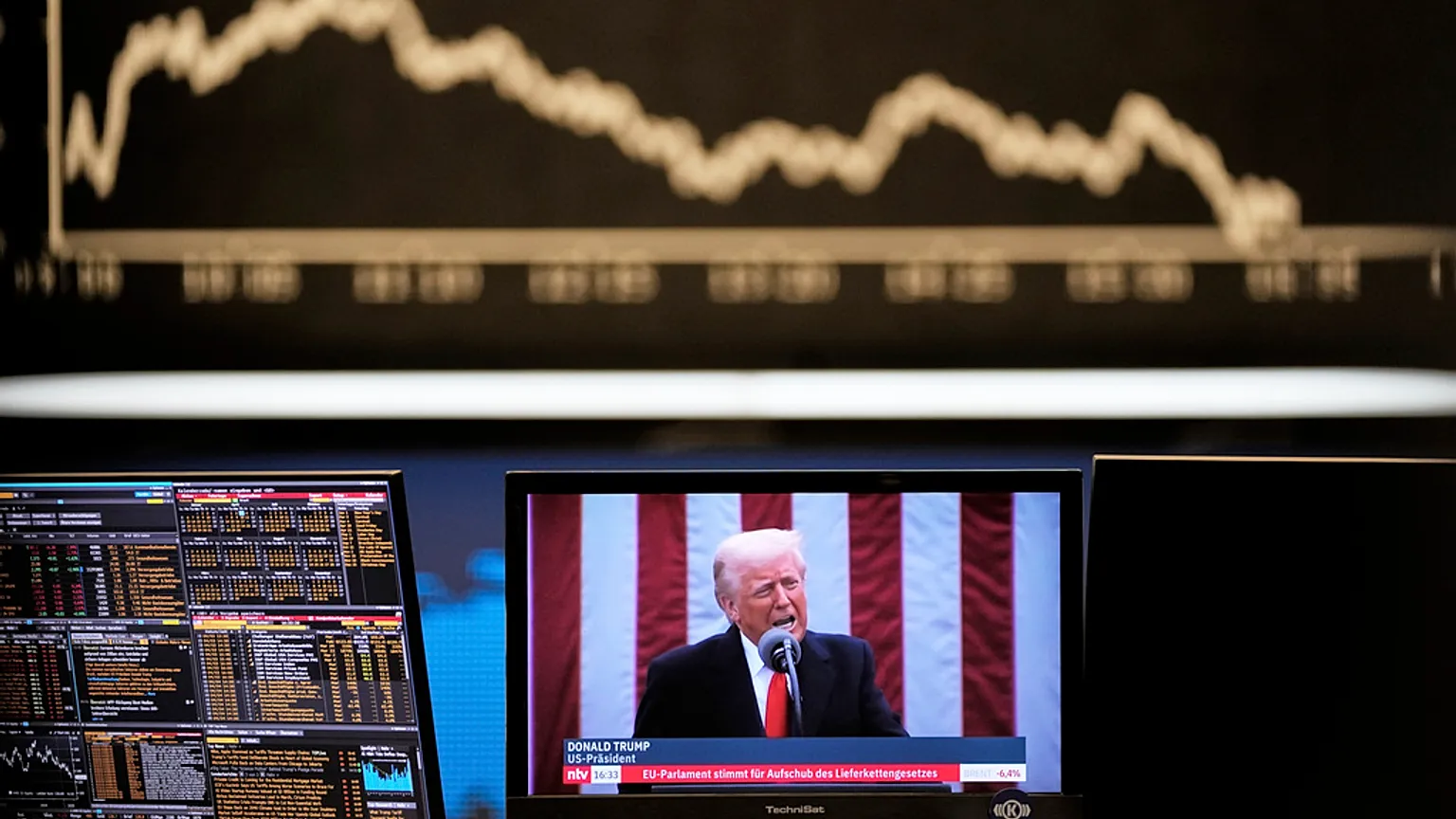How Wall Street Responds to Political Gridlock
The recent U.S. government shutdown has raised concerns about its effects on financial markets. However, historically Wall Street has often absorbed these shocks with limited long-term damage. The S&P 500, Dow Jones Industrial Average, and Nasdaq have shown mixed performance. Temporary volatility is usually followed by recovery once budget disputes are resolved. Since 1976, there have been 20 shutdowns, with an average duration of eight days. In most cases, the market rebounded within weeks. While many investors see shutdowns as political events rather than market-moving crises, certain industries may feel sharper impacts. Industries like defense and healthcare that rely heavily on federal contracts could be affected. Companies dependent on government spending face uncertainty. This can lead to short-term pullbacks in stock valuations. For investors tracking historical market data, resources like Yahoo Finance provide valuable tools. These tools help monitor trends across different shutdown periods.
Investor Sentiment, Corporate Earnings, and Federal Reserve Policy
Despite political turbulence, U.S. stocks have continued to show resilience. They are supported by strong corporate earnings and expectations of Federal Reserve rate cuts. Lower interest rates typically reduce borrowing costs. These fuel consumer spending, corporate investments, and stock market growth. Analysts suggest that the market’s positive momentum is also linked to advancements in key sectors. Sectors such as artificial intelligence and technology-driven capital expenditures remain key growth drivers. The third quarter earnings season will be critical. Stronger-than-expected profit reports could offset fears of prolonged fiscal gridlock. At the same time, delays in official economic data releases caused by the shutdown create uncertainty. This impacts both policymakers and investors who rely on this information to anticipate rate decisions. To stay updated on interest rate projections, investors can consult Federal Reserve Board releases.
Safe Haven Assets: Gold and Silver Surge During Uncertainty
While equities remain near record highs, safe-haven assets like gold and silver are gaining significantly. This reflects investor caution in times of political instability. Gold futures recently climbed to $3,900 per troy ounce, marking a record high. Meanwhile, silver surged to $47 per troy ounce. Year-to-date, gold prices have risen nearly 48%. In addition, silver has soared by 62%, highlighting strong demand for alternative value stores. These spikes indicate that investors are hedging against both political risks and inflationary pressures. Precious metals often thrive when confidence in traditional markets is shaken. They become a strategic component in diversified portfolios. Investors exploring this market can review current pricing and historical charts on Kitco Metals. Insights on broader commodity performance are available through MarketWatch. For individuals weighing long-term investment strategies, diversifying is essential. Diversifying between equities, bonds, and commodities helps navigate both short-term shutdown risks and broader macroeconomic challenges.







